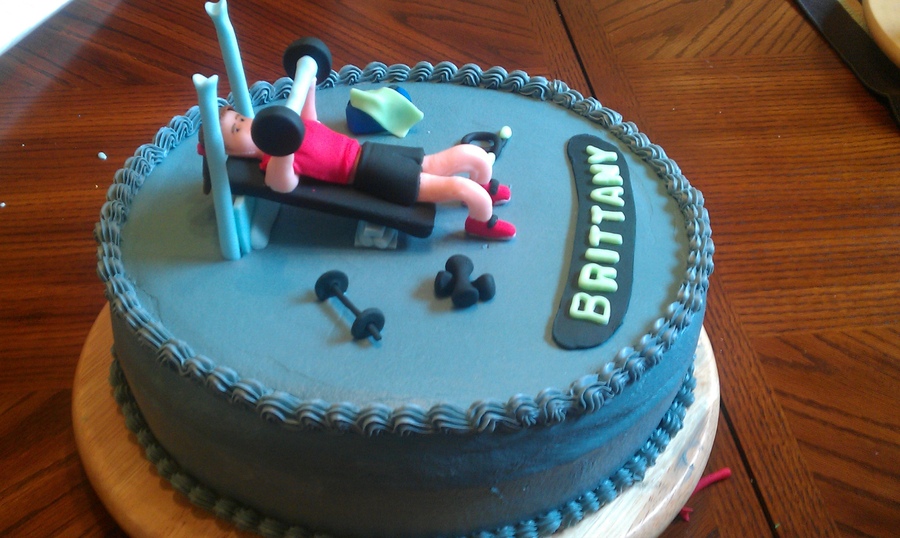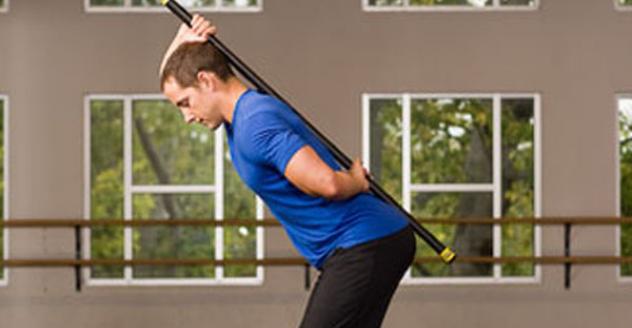“I like to mix it up.”
“What I love about my training sessions/group workout is that it's never the same thing twice!”
“Dude, haven't you ever heard of 'muscle confusion'?”
Any of those sound like you?
Most likely. Who doesn't like to mix it up? Who doesn't get bored? And who hasn't heard of 'muscle confusion'???? (Was that the Insanity or P90-x workout system?)
Just the other day a new trainee complained when we set up shop at the power rack to practice deadlifting ...again. “Didn't we just do this last week?”
Here's the thing, though.
You must earn your way to variety. Quite honestly, many of us have not earned the right to mix it up yet.
And as an experienced coach I can say with certainty that to get the BEST results, variety is the last and smallest piece of the puzzle DESPITE what marketers would lead you to believe! Variety is truly the icing on top, yet the cake is made with 'precision' and 'progression'.
 Precision
Precision
The wise new athlete works on precision first. They work on eliminating weak links in their basic movement patterns and realize that the workout is a side effect of practicing technique.
Who's going to see better results – someone who rushes into high intensity training with weakness and flexibility issues or someone who methodically takes their time to “first move well, then move often”?
Precision is worth it. Making sure you are technically proficient at a movement before adding weight…and then even more weight….is going to save you time and frustration later (since you won't be the one who's getting hurt).
Maybe it's a patience issue, but most people seem to rush and try the latest fad or imitate what the other guy is doing rather than purposefully work up to it.
New to exercise? Work on precision first!
Learning a new movement? Own your precision before going heavier, faster, farther.
Progression
Once you've performed enough reps that they look exactly the same every time, you're ready for some form of progression.
You can lift more weight, rest a little less, change the angle of a lift, run/walk/swim/row/bike a little farther, try for more repetitions, or increase the speed. This is called the FITT Principle, which stands for frequency, intensity, time, and type. In other words, these are the variables that you can manipulate in order to progress your training.
Amazingly, just changing ONE of those things will cause your body to adapt and get better. You don't need to change everything, just one thing.
The idea is to progress gradually. Here is an example from strength training:
Floor Bridge Kneeling Hip Hinge
Hip Hinge w/ stick on back
Hip Hinge
Kettlebell Deadlift butt-to-wall 35-75lbs
Trap Bar Deadlift 85lbs+
Sumo Deadlift 135lbs+
Conventional Deadlift 135lbs+
Kneeling Hip Hinge
Hip Hinge w/ stick on back
Hip Hinge
Kettlebell Deadlift butt-to-wall 35-75lbs
Trap Bar Deadlift 85lbs+
Sumo Deadlift 135lbs+
Conventional Deadlift 135lbs+
So we started with a basic bridge exercise where you're lying flat on your back just learning to hinge at the hips and months later you're pulling over 135lbs off the floor with a back that's never been healthier.
Progressive Overload Principle
Another concept that fits into our discussion of progression is called “progressive overload”. This means that you need to continually, but gradually, challenge yourself in order to adapt. I find that people who keep track of their workouts make the greatest improvement because they can see exactly what they did over time rather than guessing about what weight they used or how far they ran.
In my opinion as a fitness professional so many people leave results on the table because they fail to follow this principle. They either don't push themselves quite hard enough, push too hard too fast, don't track their workouts, or worse, “mix things up” so often that they don't improve at anything. They don't get stronger because their body doesn't get the same stimulus frequently enough. Which brings us to...
Variety
When it comes to fitness, what most people THINK they want is variety. They don't want to be bored. However, by constantly changing things up, you are not stressing your body consistently and you will NOT achieve the results you seek.
What I think people really need, though, is more opportunities to PLAY. And that's different than training.
When you're at the gym, you're most likely there because you have a particular goal like getting stronger, improving fitness, or losing body fat. But when you go play, there is no structure and variety is inherent. The best forms of play are those that make you look up and say “how did time pass so quickly?!”
Adults have seemingly forgotten about play time. We get to the gym and, since that's the only time we've budgeted for ourselves, we want to play. We crave variety because the rest of our day is so damn routine.
Obvious solution: I suggest investing in some play time! Get down on the floor and play with your pet or children on their level (they love that), go for a hike (no iPod!), play tag, dance, any number of sports... more ideas here.
Active recovery and interval workouts – a GREAT time for play and to introduce some variety! Strength training? Meh, not so much.
Bottom Line
As I said earlier, the results cake is made with precision, progression and consistency. Variety is the icing. You want results? Own your precision. Keep track of your workouts so you know when to progress. Get out and experience unstructured play as often as possible!
*For more on the concept of “precision, progression, variety” and how training was conducted historically, see Gray Cook's excellent write up here.
**Thanks to my lovely wife Jennifer Cooper, a Lean Eating Coach with Precision Nutrition for co-authoring this article!


